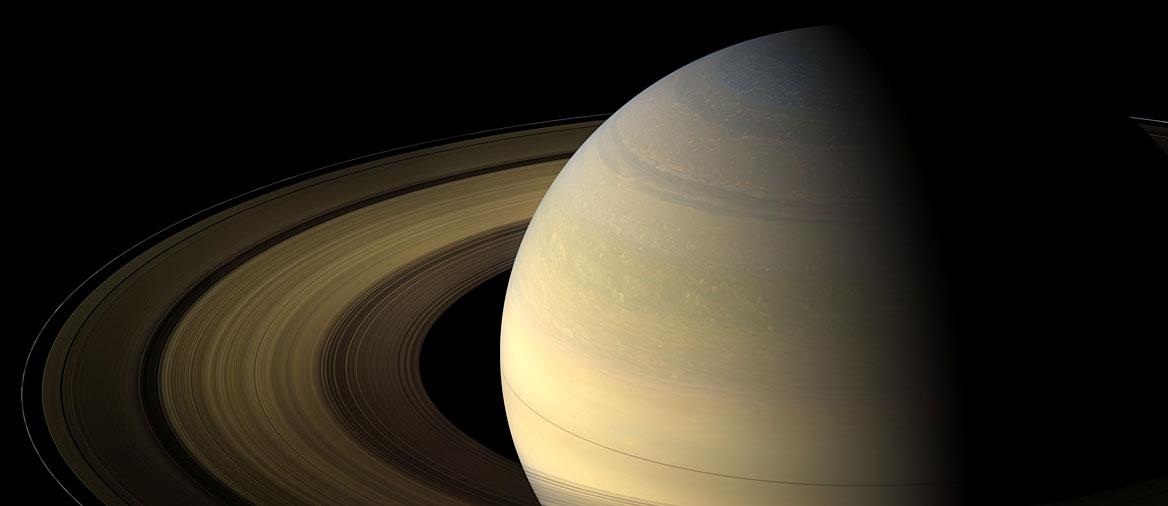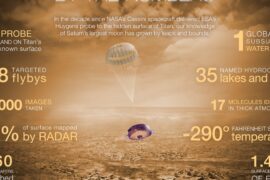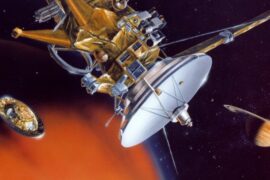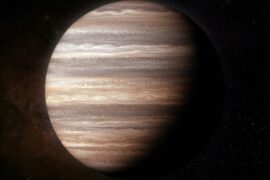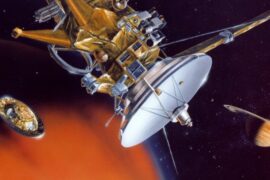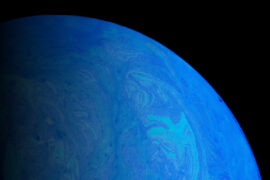Saturn, the beloved gas giant of our solar system, has long been known for its magnificent rings.
However, recent observations have shown that these iconic features are slowly disappearing. Yes, you heard it right. Saturn is losing its rings.
This discovery has left scientists puzzled and intrigued. How can such a prominent planetary feature simply vanish?
In this article, we will delve into the mysteries surrounding Saturn’s vanishing rings. We will explore the potential causes behind this phenomenon and unravel the implications it may have for our understanding of planetary dynamics.
The composition of Saturn’s rings
Saturn’s rings are one of the most iconic features of the planet, captivating both scientists and space enthusiasts alike. Composed mostly of ice particles ranging in size from grains of sand to large boulders, these magnificent rings are a sight to behold. But how did they form?
One theory suggests that the rings were once a moon or pieces of various comets and asteroids that strayed too close to Saturn and were torn apart by the planet’s gravity. Another possibility is that they are remnants of the material that was left over from the formation of the planet itself.
Regardless of their origin, Saturn’s rings are relatively thin, with a thickness of just a few kilometers. They are made up of thousands of individual ringlets that orbit the planet independently. Some of these ringlets are so narrow that they are no wider than a football field. The rings are not a uniform surface which is why it wouldn’t be possible to walk on them.
The main components of Saturn’s rings are water ice, as well as small rocks and dust. These particles reflect sunlight, giving the rings their bright appearance and allowing us to observe them from Earth. The rings are arranged in distinct bands, each with its own unique characteristics.
The disappearance of Saturn’s rings
Saturn’s rings aren’t as permanent as they may appear. Over time, these rings are subject to erosion, as the particles that compose them slowly decay and disperse into space.
Scientists estimate that Saturn’s rings are losing material at a rate of around 44,000 pounds per second. This erosion is primarily due to a process called “ring rain,” where tiny particles fall into Saturn’s atmosphere as a result of electrostatic forces.
This phenomenon has been observed by the Cassini spacecraft, which orbited Saturn from 2004 to 2017. It captured images of dark bands forming on the rings, which are evidence of this ongoing erosion process.
Additionally, the interactions between the rings and Saturn’s magnetic field play a role in ring erosion. Saturn’s powerful magnetic field creates electric currents within the rings, causing them to slowly lose energy and momentum. This process, known as magnetic drag, leads to a gradual spiraling of the ring particles toward Saturn. Eventually, these particles may fall into the planet’s atmosphere or crash onto its surface.
When will Saturn lose its rings?
Astronomers estimate that Saturn will lose its rings sometime in the next 100 to 300 million years. That is the blink of an eye in astronomical terms so we are very lucky to live in an age where we get to see them whenever we point a telescope at the planet.
Add to this that the ring system is actually quite young (in astronomical terms). Research published by the Colorado University suggests that the rings are not older than 400 million years. This means that the rings have only been present for less than one-tenth of Saturn’s lifespan. It is believed that Saturn, like all of the other planets, has an approximate age of 4.5 billion years.
Summary
- Saturn is losing its rings at a fast rate (fast in astronomical terms)
- Saturn is long its rings because its own gravity and magnetic field are eroding them
- Astronomers estimate the rings will be completely gone in 100 to 300 million years
Enjoyed this article?
Get daily 10-minute PDFs about astronomy to read before bed!
Sign up for our upcoming micro-learning service where you will learn something new about space and beyond every day while winding down.

